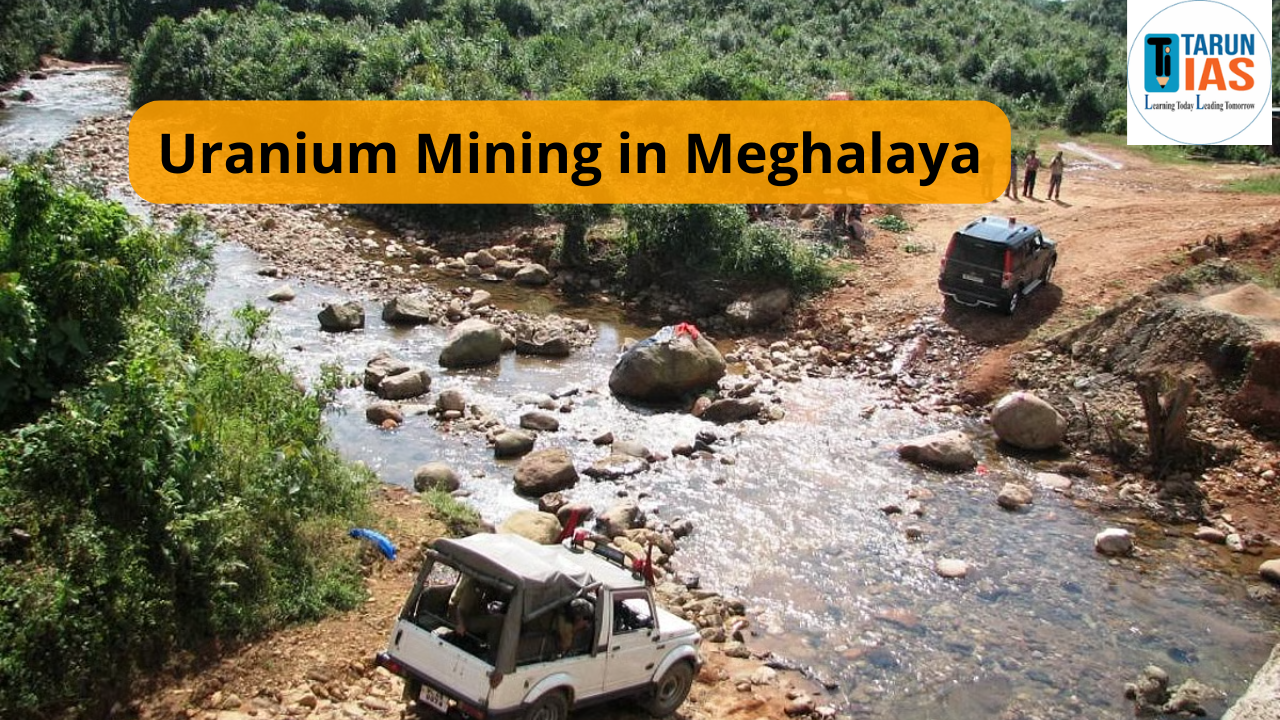Minerals
Minerals are naturally occurring inorganic substances characterized by a specific chemical composition, distinct physical properties, and an ordered atomic structure.
Types of Minerals
Minerals are classified based on their chemical composition as follows:
| Type | Description | Examples |
|---|---|---|
| Silicate Minerals | Contain silicon and oxygen as fundamental components. | Quartz, feldspar, mica, olivine |
| Carbonate Minerals | Composed primarily of carbonate ions. | Calcite |
| Sulfide Minerals | Contain sulfur or disulfides in their structure. | Pyrites, iron sulfides |
| Metallic Minerals | Rich in metals. | Iron, manganese, copper |
Rocks
Rocks are natural assemblages of one or more minerals, formed and modified by geomorphic forces such as wind, water, pressure, and heat.
Types of Rocks
- Igneous Rocks
- Lack a layered (stratified) structure.
- Typically have a granular and crystalline texture.
- Mainly consist of silicate minerals.
- Hard, less porous, and resistant to chemical weathering.
- Do not contain fossils, as they form directly from molten magma.
- Often hold valuable minerals like iron ore, gold, silver, and copper.
- Sedimentary Rocks
- Exhibit a layered (stratified) structure.
- Frequently contain fossils between layers.
- Non-crystalline and generally porous and permeable.
- Cover approximately 75% of the Earth’s surface.
- Contain resources such as coal, petroleum, and natural gas.
- Metamorphic Rocks
- Hard and highly resistant to erosion and weathering.
- Lack of fossils due to the transformation process.
- Display features such as lineation or foliation, and some show banding patterns.
- Used as construction materials, e.g., marble and slate.
Examples of Rocks and Their Metamorphic Forms
| Rock Name | Type of Rock | Metamorphic Form |
|---|---|---|
| Limestone | Sedimentary Rock | Marble |
| Dolomite | Sedimentary Rock | Marble |
| Sandstone | Sedimentary Rock | Quartzite |
| Shale | Sedimentary Rock | Slate |
| Granite | Igneous Rock | Gneiss |
| Slate | Metamorphic Rock | Schist/Phyllite |
| Phyllite | Metamorphic Rock | Schist |
Previous Year Questions (PYQs)
Question: Consider the following statements about sedimentary rocks: (2001)
- Sedimentary rocks form on the Earth’s surface through processes related to the hydrological cycle.
- Their formation involves the weathering of existing rocks.
- Fossils are often found in these rocks.
- Sedimentary rocks typically have a layered structure.
Correct Answer: (d) 1, 2, 3, and 4
|
||||||||||














